I found a pretty little chifferobe at an estate sale, but it was too dirty and smelly to use. I’m going to show you how I cleaned it up and used it in my home.
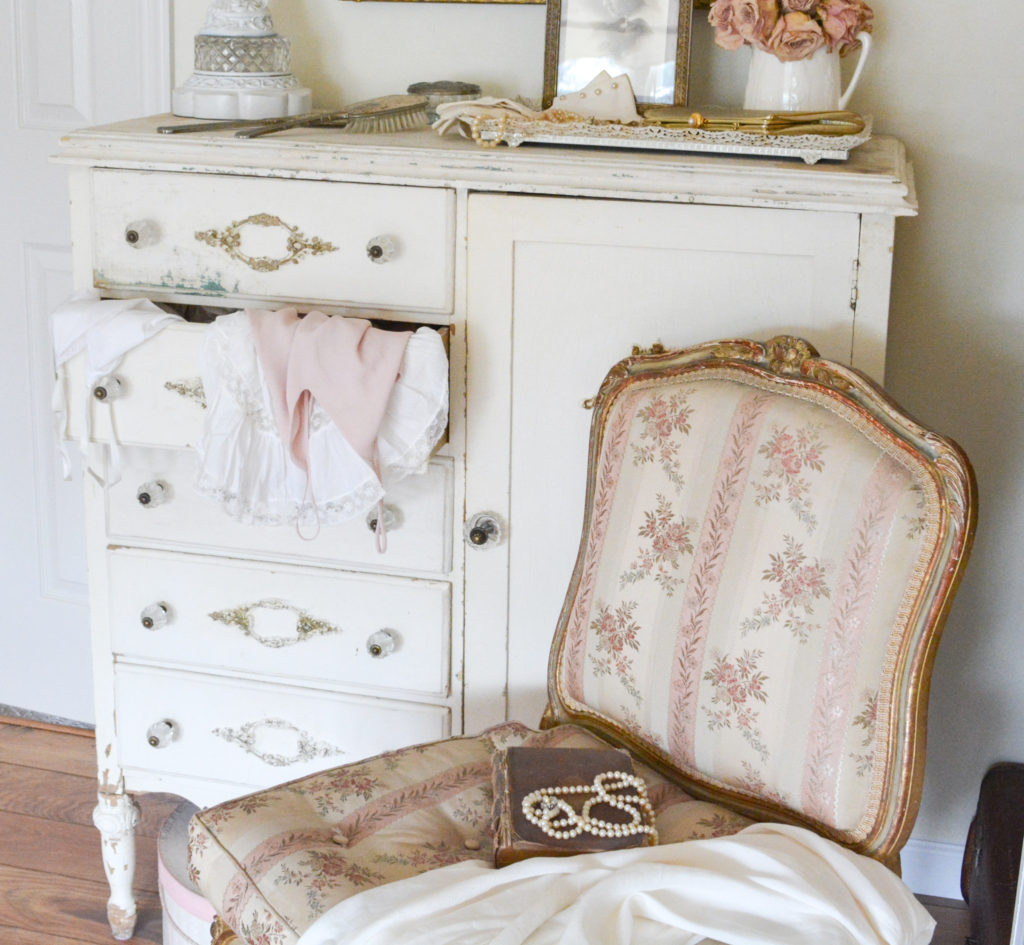
Cleaning an Antique Piece of Furniture
Do you enjoy the thrill of the hunt, finding a diamond in the rough, or unearthing a buried piece of furniture? Do you have a limited budget but love antiques? Or do you just love a challenge?
I say yes to all of the above!
There is nothing better than finding a wonderful piece of furniture in the corner of a basement or in the back of a barn at an estate sale. The dirtier the better if you want a great price.
You grab your treasure as fast as you can and take it home. After unloading, you realize it’s not just dirty, it smells like it’s been buried in a field of rotting potatoes and manure for a hundred years.
Now what?!
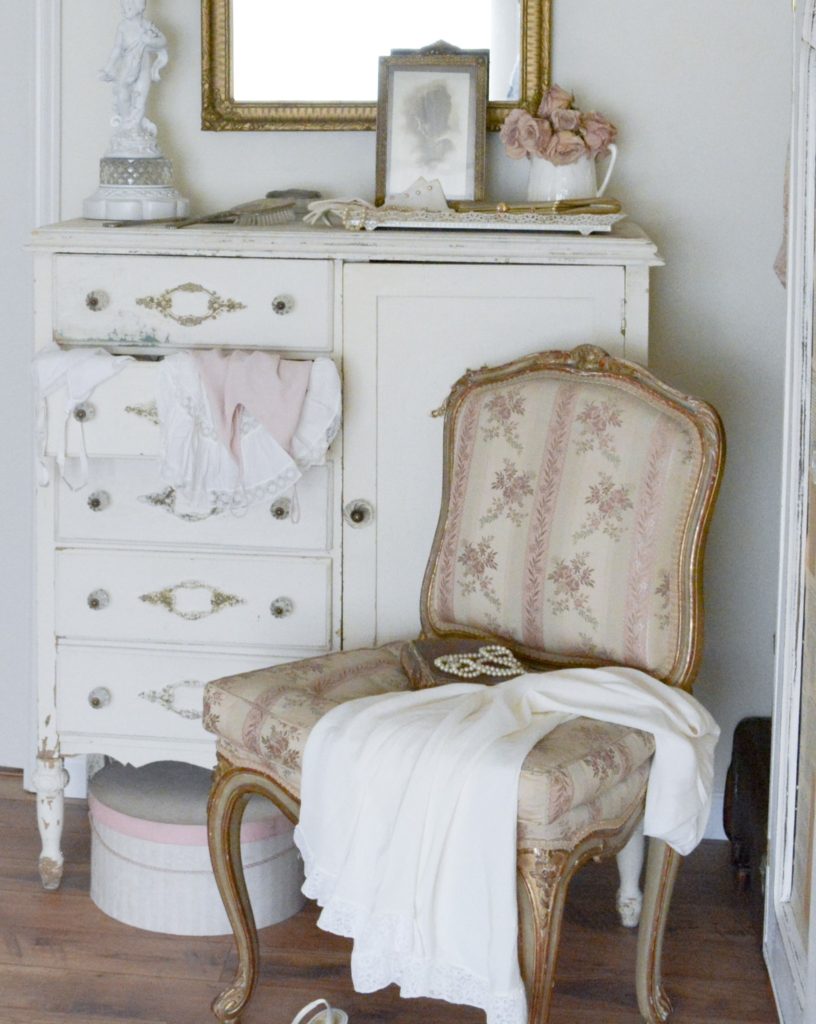
This beautiful French chifferobe was one of my estate sale finds. I don’t have a before picture, but let’s just say I thought it was painted yellow.
Eeww!
I wanted to use this piece as a lingerie chest, so it had to be cleaned up.
Preparing Antique Furniture For Use
First I thoroughly vacuum the piece.
Next comes a good scrubbing using soap and water.
There has to be a disclaimer to not use a lot of water on a fine antique because it may ruin the finish or the wood. My antiques are usually more on the shabby, rustic side, so this has never been an issue for me. As a matter of fact, the garden hose often makes an appearance in this step. Some pieces just need to be hosed down!
If the hose is not necessary, a bucket of water with a little dish detergent will do.
If the piece is painted there is no final step, you’re done, that is unless the smells remain.
Look at the beautiful patina that was revealed after a good scrub. And I thought I was going to be repainting this piece!
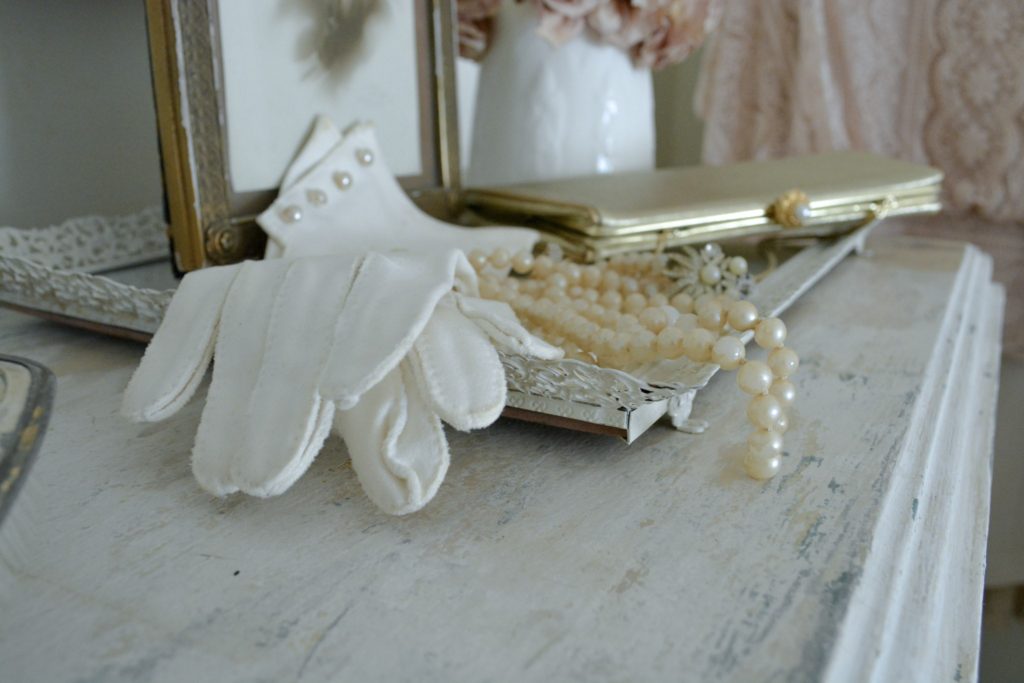
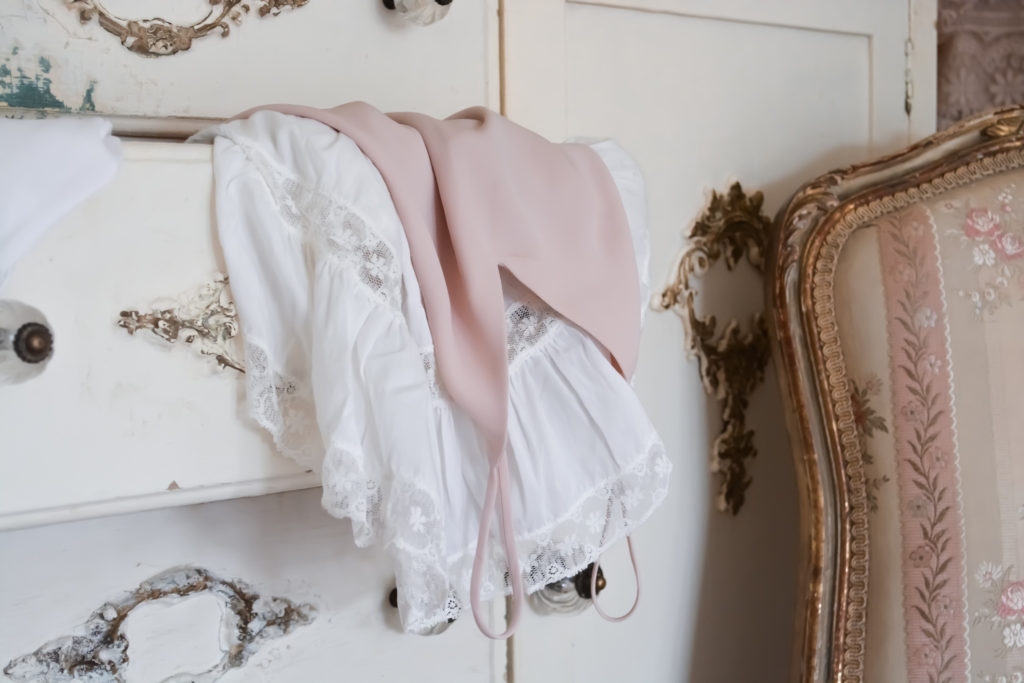
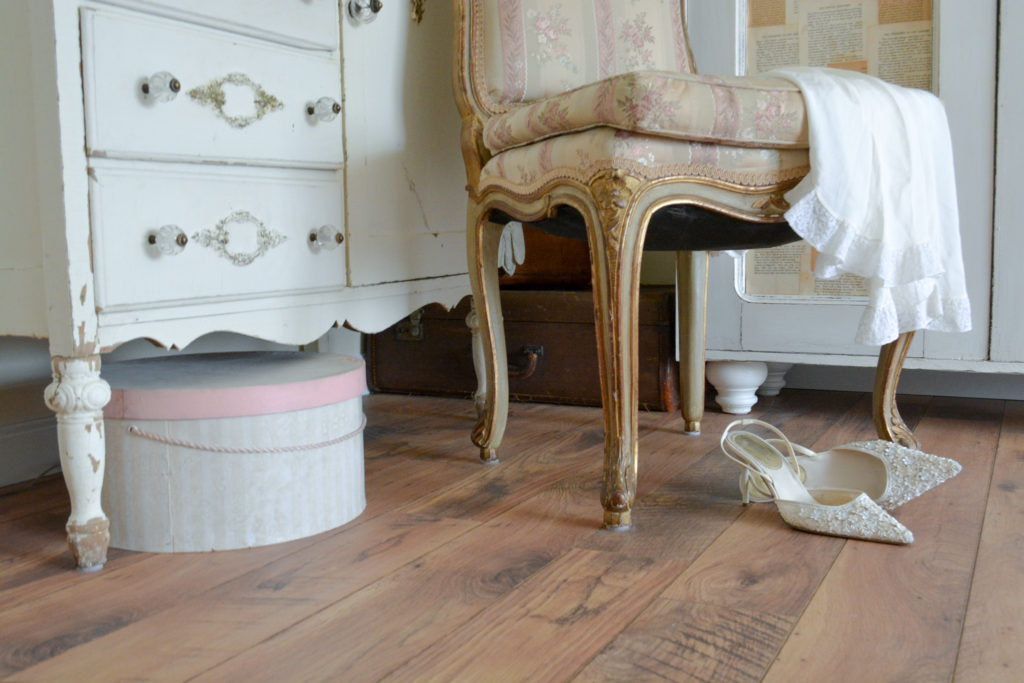
If the piece is natural wood and is going to remain as such, I like to follow with a cleaning of Murphy’s Wood Oil Soap.
Dealing With Lingering Odors
So what if the smell of a hundred years of rotting potatoes and manure (or maybe just 50 years now) still lingers? You have got more work to do. This was the case with my chifferobe.
My drawers were lined with a contact paper that had to be removed before the cleaning process could begin.
How To Remove Contact Paper From Drawers With A Heat Gun
The easiest way I have found to remove old contact paper is by using a heat gun and a scraper. Hold the heat gun over the paper, close, but not touching. The adhesive will melt and loosen.
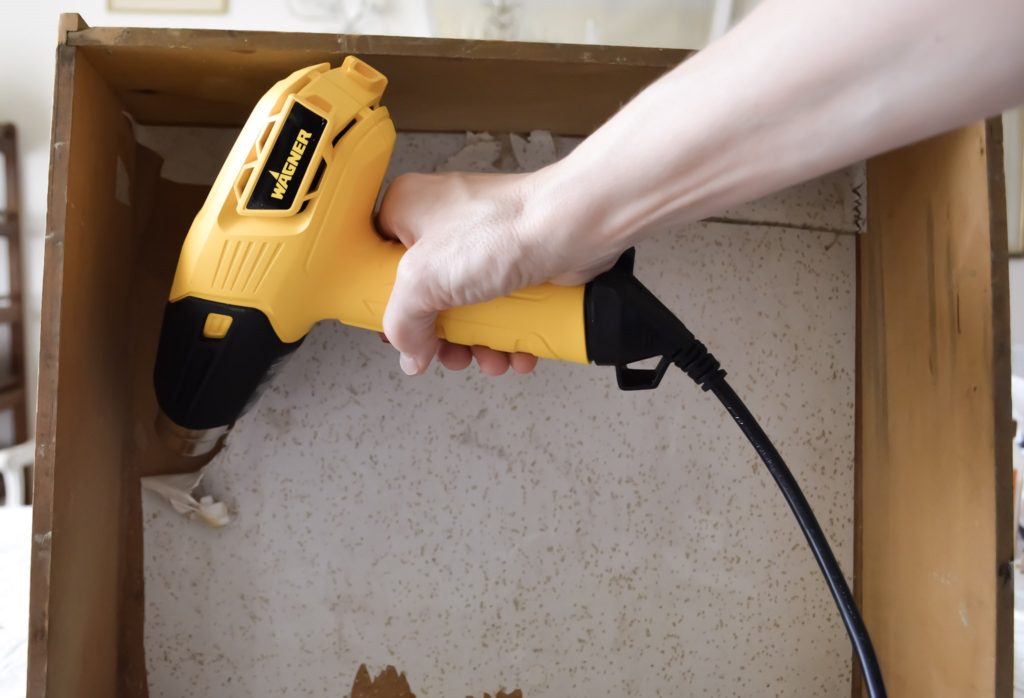
Take a scraper and loosen the paper. I was able to just pull the paper off after I got it started with the scraper. Be careful the paper is not too hot so you don’t burn your fingers.
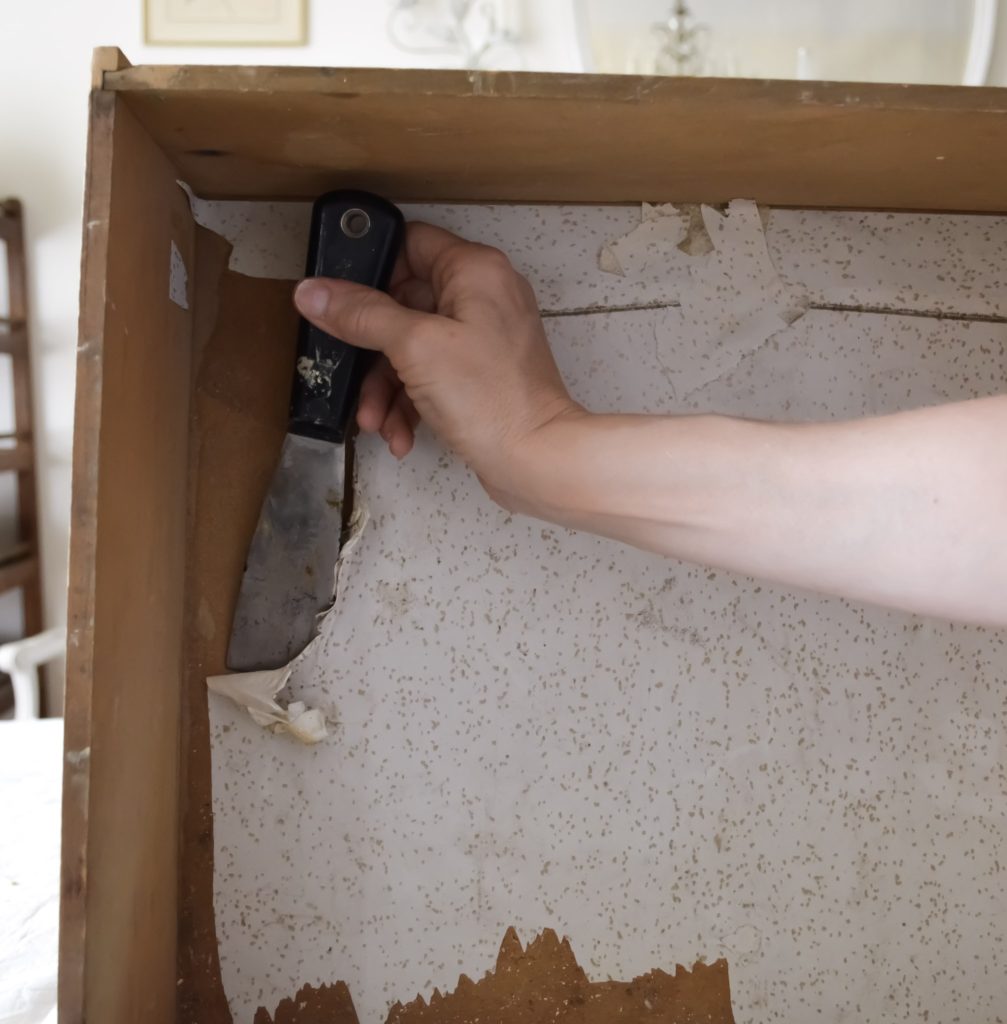
How To Remove Odors From Antique Furniture
To get rid of the odors, grab some vinegar and baking soda and maybe a little sunshine and fresh air.
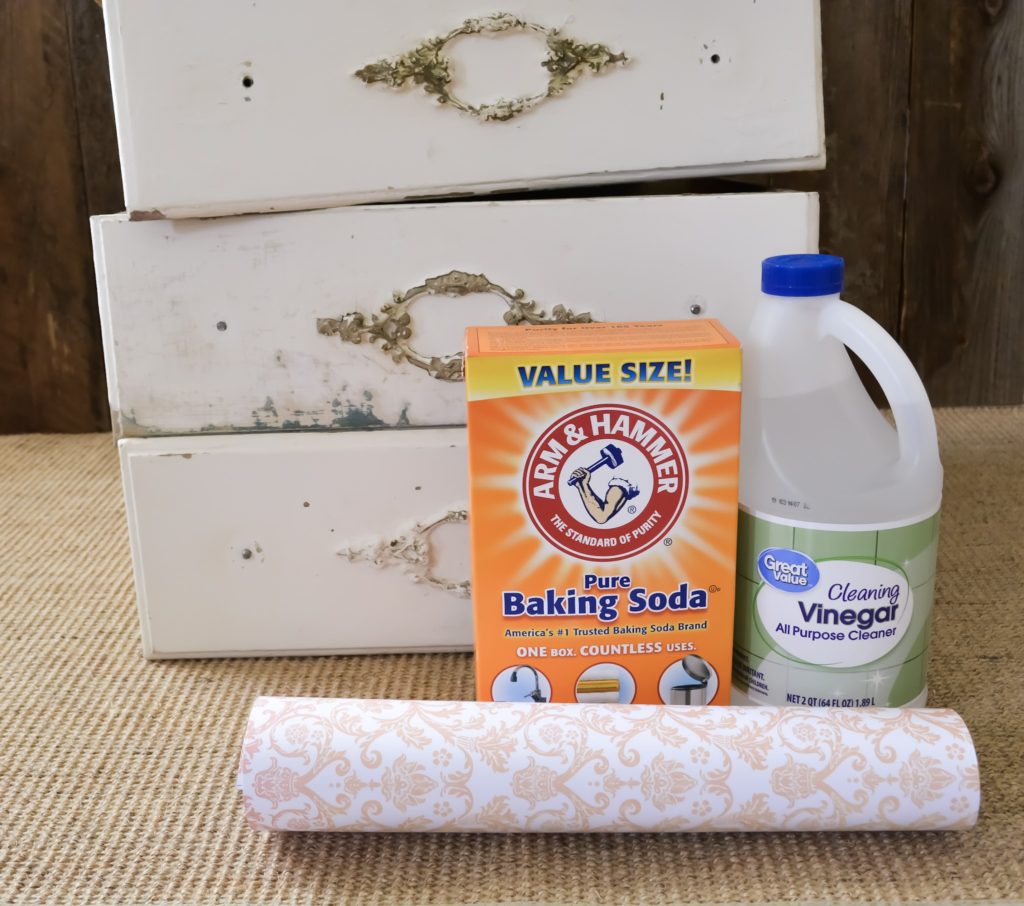
First up is a cleaning with a solution of vinegar and water. Set out in the sun to dry for best results.
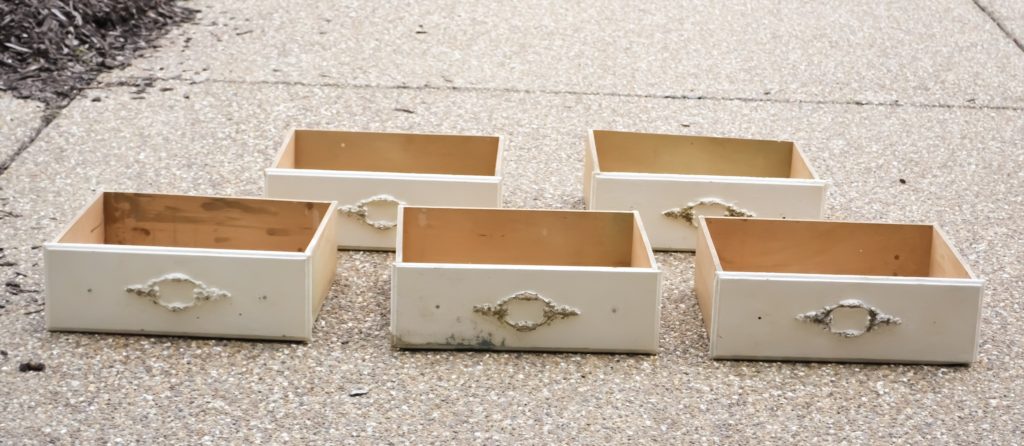
Sprinkle baking soda in the drawer and leave for 24 hours. Repeat as necessary.
I did this several times for these drawers. There was still a faint odor so I decided to added a pretty scented drawer liner to make sure my clothes did not pick up a bad smell.
How To Add Scented Drawer Liners
I ordered a pretty rose scented liner from Amazon.
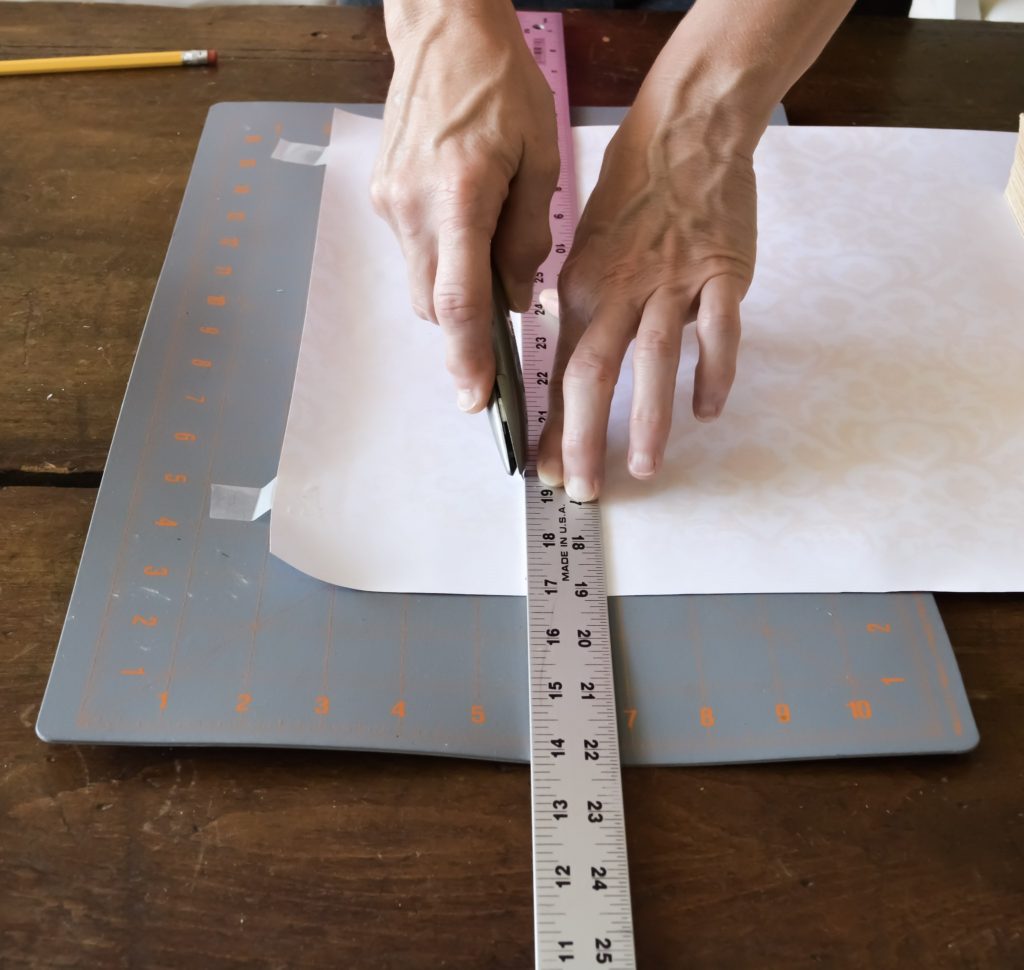
I used a utility knife and a straight edge to cut to size. This liner does not get adhered to the drawer, so just place in the drawer and put your clothes on top.
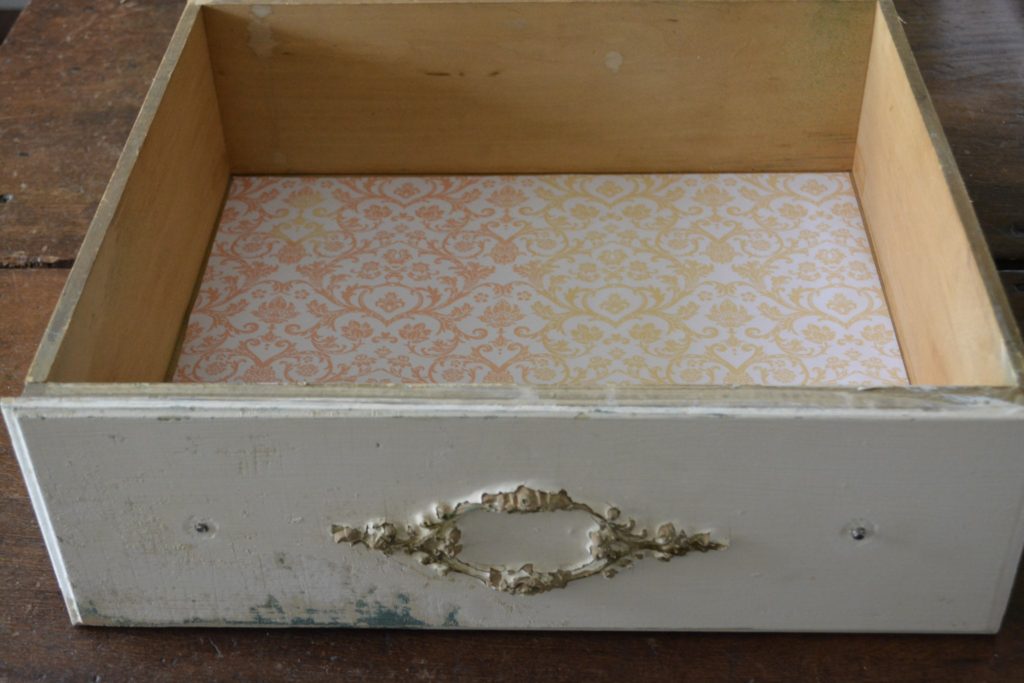
Success! Nothing but a sweet fragrance when opening the drawers.
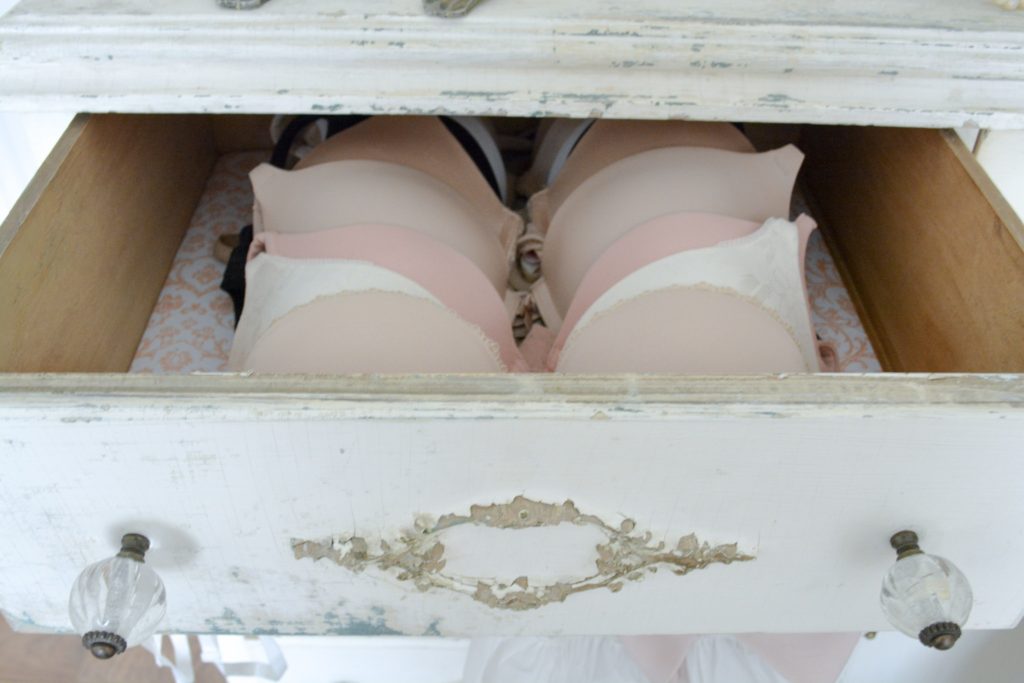
What To Do When Odors Can’t Be Removed From Antique Furniture
Do not lose heart if odors cannot be removed. As a last resort you can always paint the insides of the drawers. Use an odor and stain blocking primer to seal the odor. Again, this is not always necessary. I have painted smelly pieces of furniture with chalk paint and then sealed with wax and no lingering smell remained.
Wood absorbs smell which is why it gets so stinky in the first place. As the piece is used it absorbs the smell of the home and fresh air. If you store candles or other fragrant items in the furniture, those scents will be absorbed as well. So a little mustiness will go away over time with continued use and cleaning.
I have also read (but have not tried) that several thin coats of clear shellac will block odors but leave a natural wood finish. Cigarette odors are some of the most difficult to remove and may require a sealer, whether paint primer or shellac.
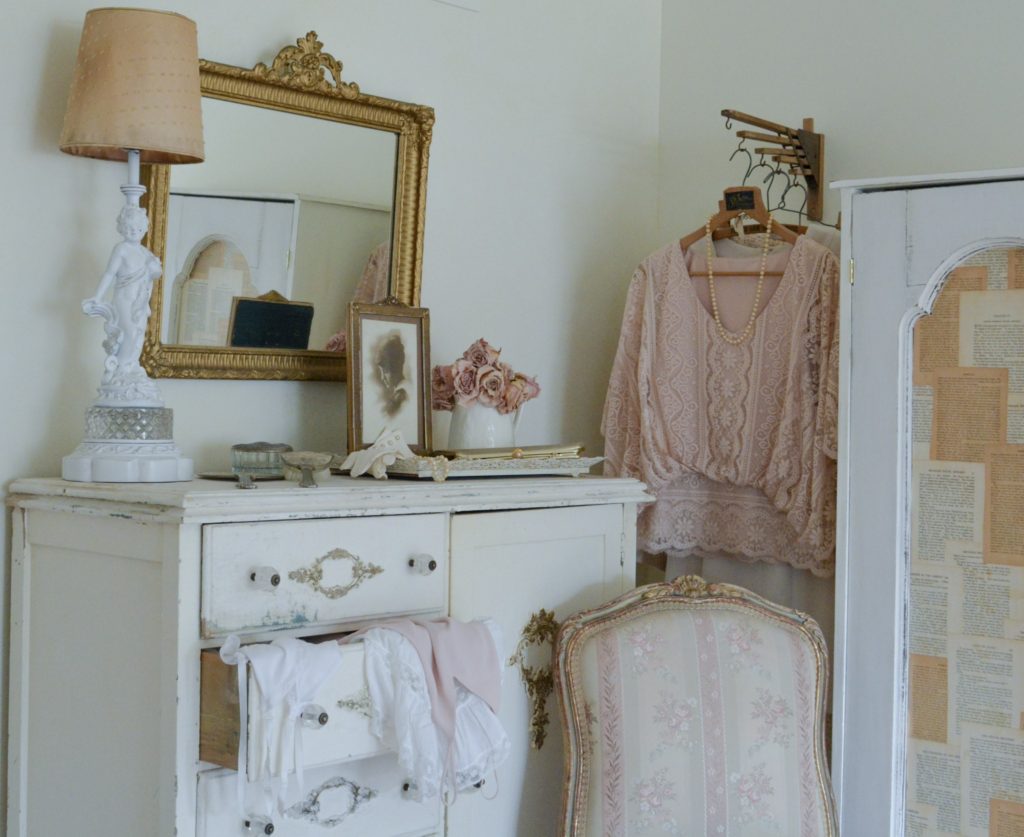
I hope I have encouraged you to seek out those great finds at great prices. Just roll up your sleeves and make those pieces beautiful and functional again.
Pin It For Later!
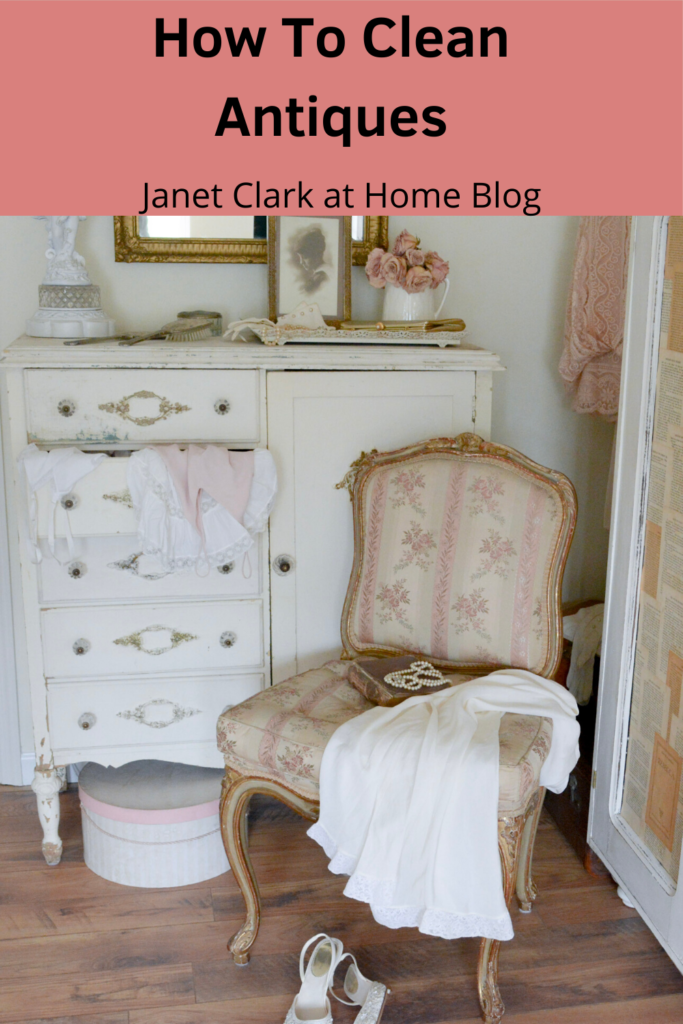
Happy Hunting!
Janet
